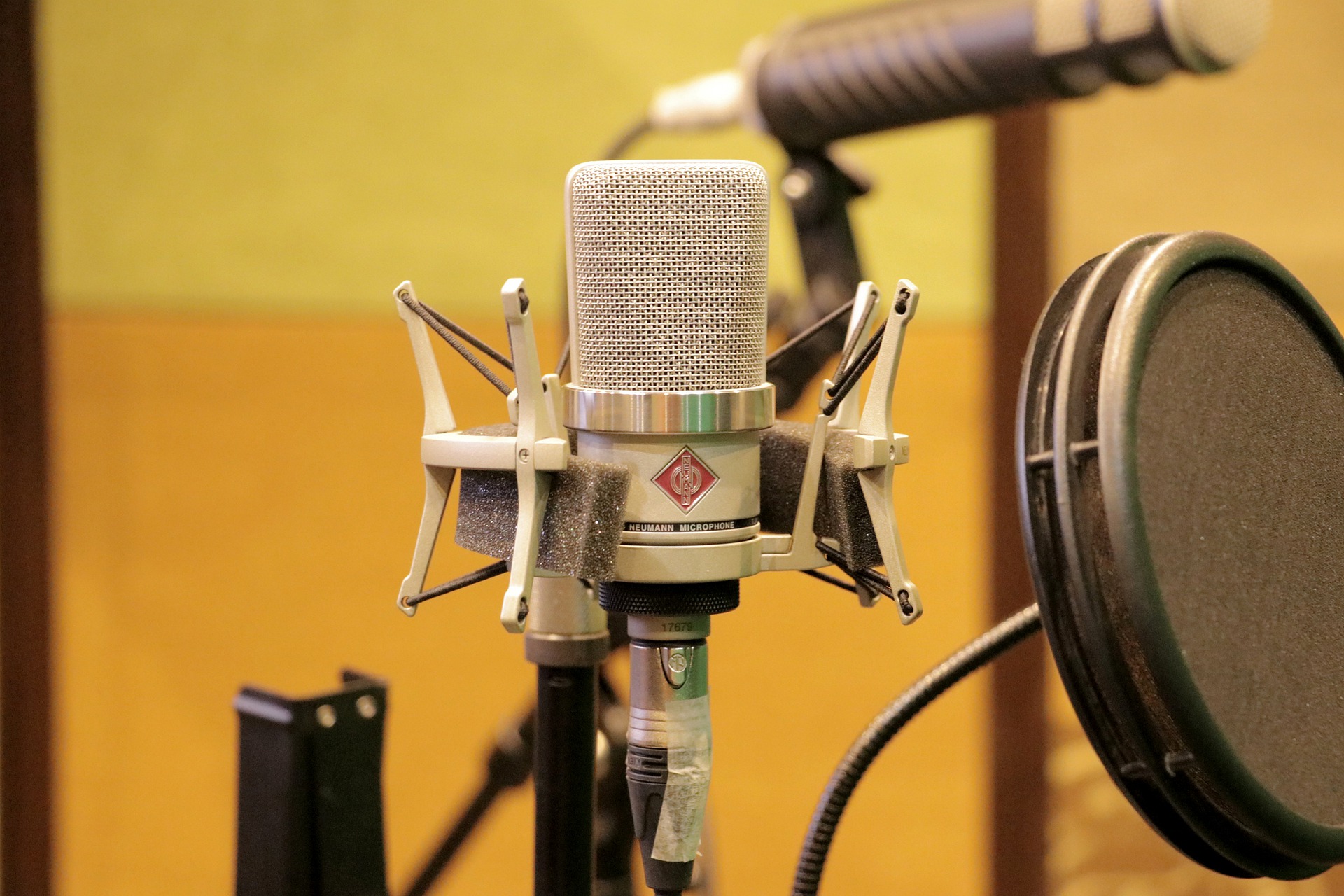How to become a Voice Over Artist!

(This is article was originally written in Arabic by me)
Hello,
I have been lately receiving several questions from many people about getting into the world of voice-over. A frequent question is: I see myself as talented, or people tell me that I have a beautiful voice, so how do I get started as a voice-over artist?
In fact, to answer this question, the person asking needs to answer a number of other questions. To this end, I wrote this article to further clarify the matter and make the information available for everyone at any time. So, welcome you to my blog!
For starters, if you want to be a voice-over artist or generally work with your voice, you need to check your vocal health and articulation, e.g., the proper articulation of the letters S and R.
You should also make sure that you don’t suffer from respiratory conditions or other physical disorders that can disrupt the quality of your vocal output.
We can, then, get into the stage of learning and practice. To be a successful voice-over artist, you need to take into account different aspects that constitute the voice-over checklist.
First: Good Language:
In this context, good language includes grammar and learning the correct sound articulation and pronunciation of each letter.
Learning grammar helps you ensure a delivery that effectively conveys the context to the listener. Thus, it is important, maybe even necessary, to learn and apply impeccable grammar and consult experts until you reach a level where you can recognize an error as soon as you hear it, even when you are not entirely focused. This will save you hassle down the line with your clients or listeners!
Then comes articulation, including where (places of articulation) and how (manners of articulation) to make sounds. Besides reading books, the best thing you can seek is tutorials. You can find tutorials on articulation either on YouTube or through paid training when you can practice with a coach. You shall follow the trainer /coach and may initially apply over-articulation to the practiced sound, over and over, until it flows effortlessly without the need for overemphasis.
Effective script reading is also critical. You should establish a regular read-aloud routine and maintain it for a sufficient period until you feel that you have mastered reading techniques.
Second: Listening:
Another learning factor in voice-over is listening. Frequent listening helps you or rather helps your ears, create an audio dictionary that can later fuel your own vocal creativity and optimal vocal performance in every task.
Yet, do not listen to whatever comes your way. Instead, listen to those showing competence or are well-known for their mastery. Listen to documentary narrations in National Geographic, Al Jazeera Documentary, or BBC; these channels exemplify top-notch language and performance.
Listen to commercials, educational content, and automated voice answering. In short, listen to everything that may, in any way, touch the world of voice and voice-over, but performed by proficient people.
Third: Breathing Exercises:
Breathing exercises constitute one of the elements that come on top of the voice-over checklist; please find the breathing exercises online, some of good videos:
Jay Miller channel:
https://www.youtube.com/user/voiceandspeech/videos
Fourth: Practicing Voice-over
Try to buy a microphone, even a simple one, and start to read any text, of course, while also applying what was previously described. Try first to mimic a little /imitate, then you can create your own style. Do not give up or feel ashamed because of your voice. If you feel embarrassed and repulsed by hearing your voice for the first time, don’t worry, that’s normal; almost everyone has experienced this! Just keep going, and you’ll love your voice someday.
Getting a microphone is meant to encourage you to work as theoretical learning alone may be stressful and boring. So, some people feel more motivated to keep going if they find a way to apply what they are learning. If you can’t afford a microphone at the moment, you can record on your mobile phone (for training only) until you can buy one.
Microphones have types and systems that we will explain in an upcoming blog post Insha’Allah.
Following is a great beginner voice-over microphone; please note that it picks up all the sounds, so try using it somewhere completely quiet:
Fifth: Attending Training Courses:
Attending courses is important at the beginning, this is since the course instructor can help you make sure that you are on the right track. Additionally, instructors try to share the essence of their experiences throughout the course lectures. They can also help you with recording, for example, by showing how to properly stand and sit in front of the microphone while recording. They can also help with all other aspects. So, constantly, aim at focusing on the courses that incorporate studio recording or a practical portion that is equivalent or greater than the theoretical one; also avoid one-day courses or overcrowded ones.
The courses won’t give you everything, though. Voice-over is a self-taught art; your God-given talent is the foundation, and then comes practice, practice, and practice! You also need patience, learning, and staying up to date. Voice-over is not merely a sound you make in front of equipment that picks up sound-waves and transmits them to the audience as a random voice. It is an art by which a piece of work can rise into the sky or fall to the ground.
Best of luck, and to the next time!
